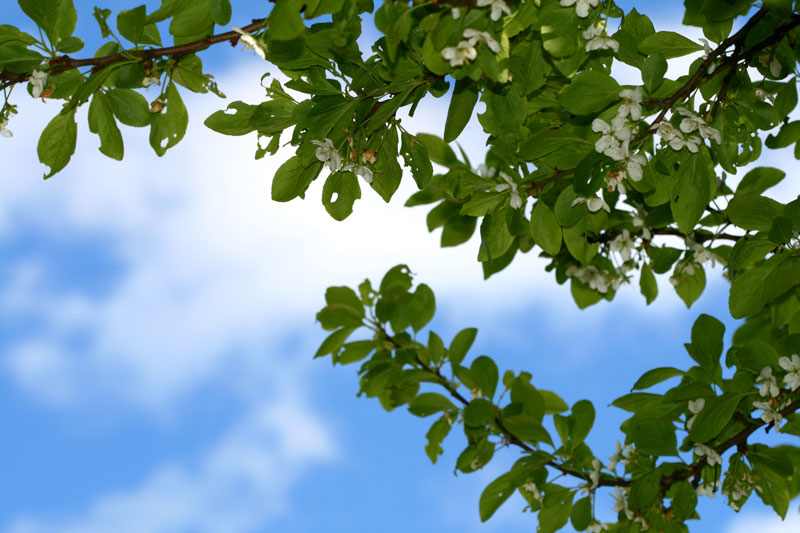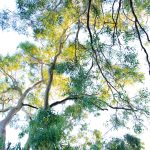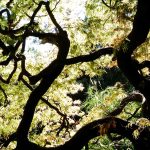How Pruning Keeps Trees Healthy
Do you have a tree that’s unhealthy? Are the leaves turning brown and falling off early? Oregon and Washington trees can be attacked by different diseases and pests. You can protect your trees by keeping the branches pruned. If you think cutting branches is just about keeping your yard neat, think again. Regular pruning and trimming fights off many common tree diseases and pests of the Pacific Northwest.
How Pruning Keeps Trees Healthy
Pruning removes weak branches that may become diseased. Once these branches are gone, the rest of the tree gains strength, fighting off sickness and harmful insects.
Branches require food, water and light. If a tree is overgrown, it won’t be able to get the nutrients it needs. Growth that’s too thick, blocks sunlight. Some parts of the tree may become frail because they are always in the shade.
Often a tree’s health will worsen gradually over the years. Regularly pruning away weak branches prevents diseases and insect pests from spreading. Trimming growth that’s too heavy lets air and light reach every part of the tree.
Common Tree Pests and Diseases
Unless you are an expert, it isn’t easy to diagnose plant problems. If you suspect a tree is suffering, an arborist or your local extension office may be able to help you. Sometimes a tree can be saved even if it is already sick. If the tree is too ill, it may need to be cut down and removed.
Here are a few of the most common pests and illnesses of trees in Oregon and Washington.
Anthracnose: This fungus attacks certain types of dogwood, ash, oak, maple and walnut trees. It causes leaves to turn brown and fall off in late summer.
Aphids: These tiny insects hurt linden and tulip trees. They may also feed on roses and other plants. Aphids suck the sap from trees and leave behind a sticky substance.
Dutch elm disease: This fungus kills elm trees. Signs of the disease are wilted, brown leaves on a branch or part of the tree.
Elm leaf beetle: These bugs munch on elm leaves. If the foliage on an elm tree has holes and are falling off, elm leaf beetle may be to blame
Verticillium wilt: Leaves turn brown and die when this fungus is present. Ash, dogwood, linden and maple trees can get this disease.
Tent caterpillar: Ash, aspen, cottonwood and fruit trees are harmed by caterpillars. Caterpillars make a tent or web on the tree branches. The hungry insects live in the tree and eat the leaves.
These are just a few of the harmful pests and conditions that make trees sick. If one or more of your trees look sick, give us a call at 503-679-1410. We may be able to cut away the unhealthy branches and give your tree a second chance.





